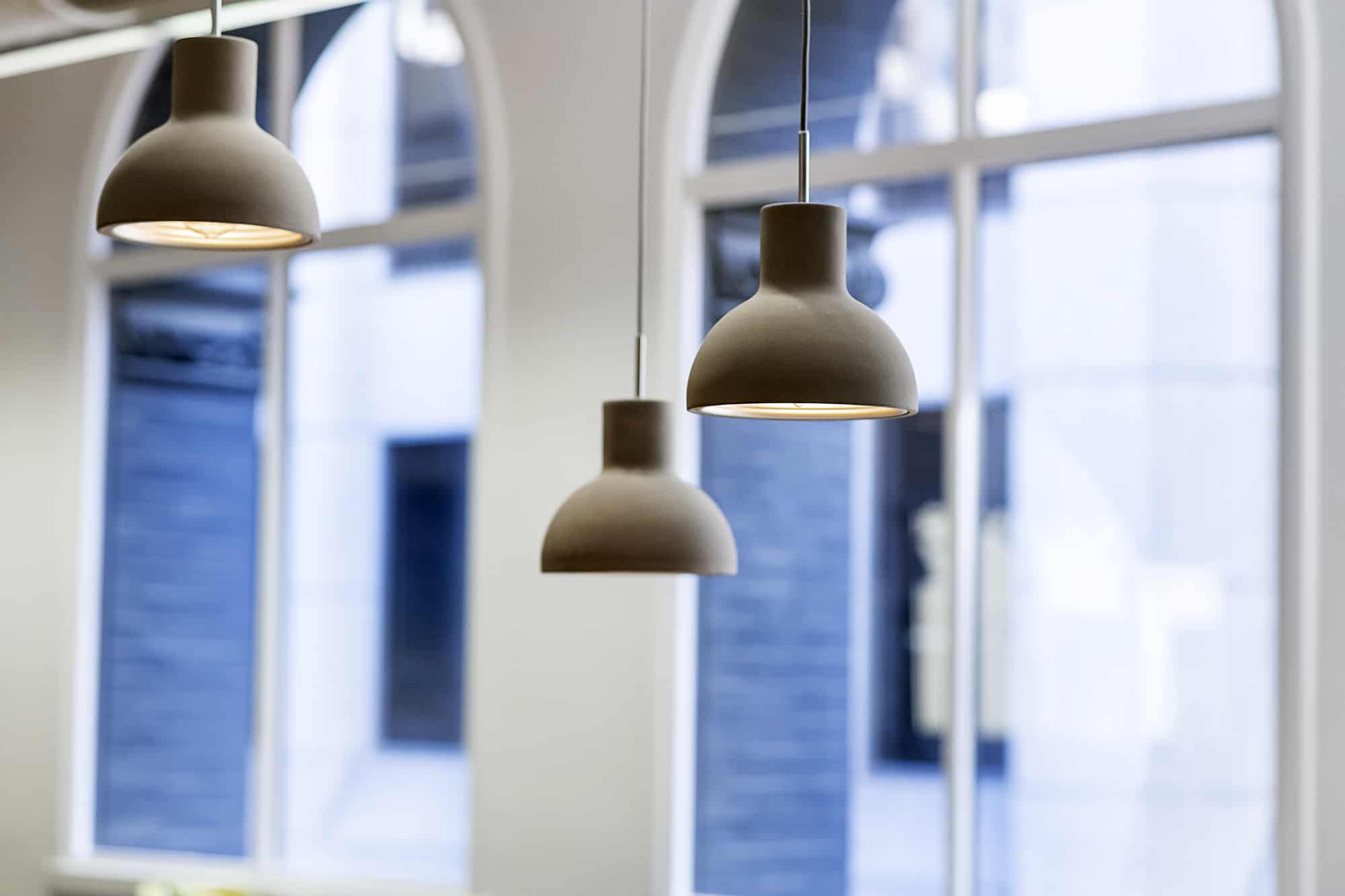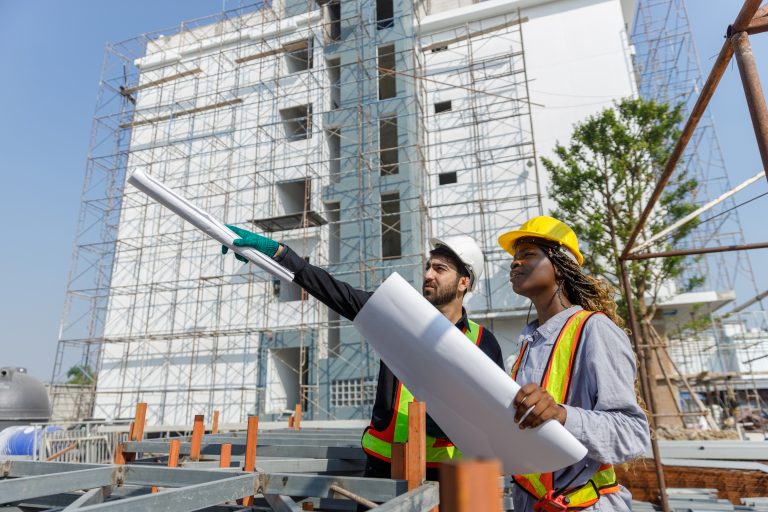Proper interior lighting is an essential part of any commercial or industrial environment. Appropriate lighting can prevent workplace incidents and injuries by increasing visibility and awareness of various safety hazards, as well as reducing negative symptoms and discomfort caused by insufficient lighting.
There are many factors to consider when designing interior lighting for commercial and industrial buildings. While aesthetics can be important in certain settings, lighting should always be functional and akin to its environment.
Industrial buildings such as factories or warehouses require lighting that aid their desired function or task. It is important to consider factors such as time, size, brightness, and contrast in these settings. For example, industrial settings often contain fast moving machinery and equipment that may make it difficult to focus or see small details. Lighting should also maintain a balance between brightness and contrast of light in order to facilitate greater visibility – increased visibility reduces the potential for accidents or injuries.
Commercial settings typically give more consideration to aesthetics than industrial buildings would. However, commercial buildings like offices or retail businesses can also contain many safety hazards as a result of insufficient lighting. In an office setting, users may experience eye discomfort, or “computer vision syndrome”, where users are exposed to symptoms such as eyestrain, dry eyes, blurred vision, headaches, etc. This can be a result of poor lighting, glare on a computer screen, dry air, etc. A few ways to reduce eye discomfort are diffusing or dimming overhead lighting, covering windows with adjustable blinds, and adjusting the brightness and contrast on a computer monitor.
The Illuminating Engineering Society Lighting Handbook (IES) sets out standard recommendations for various workplace settings. For example, IES recommends 3,000 lux for assembly work, 7,500 lux for precise machine tool work, and 750 lux for general office work. Adherence to these recommendations is important because insufficient light, in any setting, directly contributes to accidents, eyestrain, headaches, and musculoskeletal problems. New commercial or industrial construction must ensure that interior lighting adheres to the proper recommendations as set out by the IES.
Part VI of the Canada Occupational Healthy and Safety Regulations sets out the procedure and application of measuring lighting levels in workplaces by Labour Program personnel. The calibration procedure for measuring interior lighting levels is accurate to plus or minus 5% – therefore, readings can be as much as 10% off. To offset this, 10% is automatically added to results where a maximum value is specified. For example, if 480 lux was measured in an office setting where the minimum requirement is 500 lux, a 10% error allowance (48 lux) would be added to the value of 480 lux, bringing the value above the minimum requirement.
Interior lighting designs should consider the above factors in order to reduce the possibility of injury and discomfort in industrial or commercial environments. By adhering to lighting requirements as well as implementing solutions to increase visibility and reduce discomfort and injury, workplace safety can be achieved and maintained.
Looking for a team to take the lead on your next project? At Pulse Construction, we’re committed to doing business with an honest, professional, and competitive approach – without compromising safety or schedules. Contact us today for all of your building needs.



